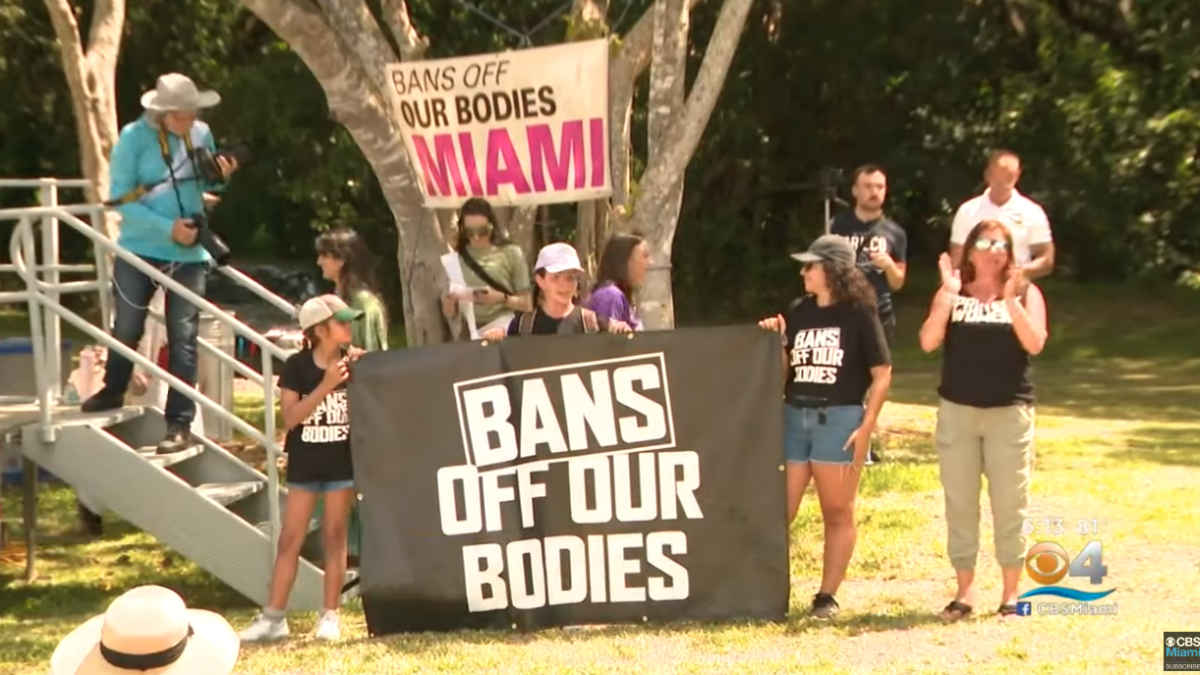
New research estimates there could be an additional 56,700 maternal deaths in low and middle-income countries due to health-care disruption from COVID-19. In response to this tragic projection, abortion activist groups are pursuing expanded “medication abortion,” the termination of pregnancy typically by way of a two-drug combination and often via “telemedicine.”
Euphemistically termed “self-care abortion,” the practice is marketed as the solution to supposedly skyrocketing numbers of unintended pregnancies — an unconfirmed phenomenon the United Nations alleges has reached 7 million worldwide. Yet it is impossible to accurately forecast the indirect toll of the virus, and speculation should in no way legitimize uncharted medical trends.
From a medical standpoint, drug-induced abortion is extremely dangerous. The practice will greatly exacerbate already high maternal death rates in low-resource countries and is a violation of the fundamental human rights possessed by all women.
Regardless of their birthplace, all women deserve excellent health care. Not only do drug-induced abortions not improve women’s health, but also they pose significant risks to women in settings with inadequate infrastructure — a divide often heightened in developing countries and that manifests along racial and socioeconomic lines.
The World Health Organization is leading the charge on medical abortion as part of its COVID-19 guidance, calling for limited interaction with providers and increased reliance on “self-management.” The WHO’s negligence in recommending highly dangerous interventions without immediate access to medical care is supremely relevant, especially as the United States withdraws from the organization and examines the prospect of self-managed medical abortion on its own soil.
Far from what many “experts” assert, medical abortion is far from an antidote to “unsafe abortion.” For instance, a recent report details how the Canadian organization Women on Web provided Sudanese women abortion pills via mail, in response to women seeking abortions from traditional midwives since abortion is illegal. The organization, undeterred by Sudanese law, claims that the drugs carry “very low risk of complications and resemble having an early miscarriage.”
The complication rate for medical abortions is four times higher than for surgical abortions, a devastating statistic that rises the farther along a woman is in her pregnancy. In the best of circumstances, medical abortions pose potentially catastrophic risks, which are sure to be compounded in situations of extreme poverty, as in Sudan and all over the developing world, where Women on Web are active and the practice is taking place, unregulated and illegal.
Even in situations where the drugs are administered correctly, hemorrhages are unfortunately a frequent complication. Women may also experience lethal sepsis, or an ectopic pregnancy, which, if not detected by ultrasound — a luxury in developing countries — can lead to rupture and death. Even if offered support via “telemedicine,” what is the likelihood that these women will have readily available access to internat-accessing devices and the internet?
A question that also arises is whether the woman, if in need of urgent medical care, can get to a hospital, and once there, receive proper adequate care. For example, only 50 percent of people in Burkina Faso live within two hours of a hospital, an often insurmountable distance as women experiencing obstetric hemorrhage do not have much time. Additionally, most of these facilities do not have adequate surgical and blood transfusion capabilities and low-income countries frequently suffer from severe blood shortages, a significant contributor to maternal mortality already.
While medical abortion is considered “safe” during the first 10 weeks of pregnancy, women may be unable to pinpoint the timeline of their pregnancy accurately, or may even be motivated to be dishonest if it means they can obtain an abortion. If administered too late, the outcome can be dire.
Furthermore, in developing settings, an incomplete medical abortion regimen is often used (comprising of just Misoprostol) as opposed to the U.s. Food and Drug Administration-approved double regimen (Mifepristone and Misoprostol). The fact that this single drug protocol is banned in the United States due to high rates of incomplete abortion, but is “acceptable” in Africa, constitutes a gross inequality in standard of care.
While FDA data on the dangers of medication abortion reveals thousands of adverse events and dozens of deaths, the majority of complications go unreported. As a result of the lobbying efforts of numerous drug companies, under current guidelines the only adverse event that must be reported is death.
Internationally, there is no data regarding the number of women seriously harmed or killed due to drug-induced abortion. It’s safe to extrapolate, however, that the numbers can be multiplied exponentially in countries where poverty and lack of resources make it extremely difficult for women to receive the appropriate care that they need.
Some may argue that women have the right to pursue medical abortion as long as they can deliver informed consent. But offering medication abortion as the only alternative to “unsafe abortion” does not constitute informed consent, especially when the real risks are hidden from women. They need real options and excellent health care.
Handing a woman pills then leaving her to suffer alone through not only an abortion, but also the likely complications, is a form of reproductive violence that no medical professional should sanction — not unlike the “unsafe abortion” it is designed to combat.
The international community should commit resources to interventions that are proven to save lives. Evidence shows that basic improvements in emergency services can reduce mortality by almost half. During a time our world is united in suffering through the COVID-19 pandemic, we must remember that women are in dire need of better health care and resources.
Women need real options to counter rising maternal mortality with life-saving interventions, not self-administered death.









